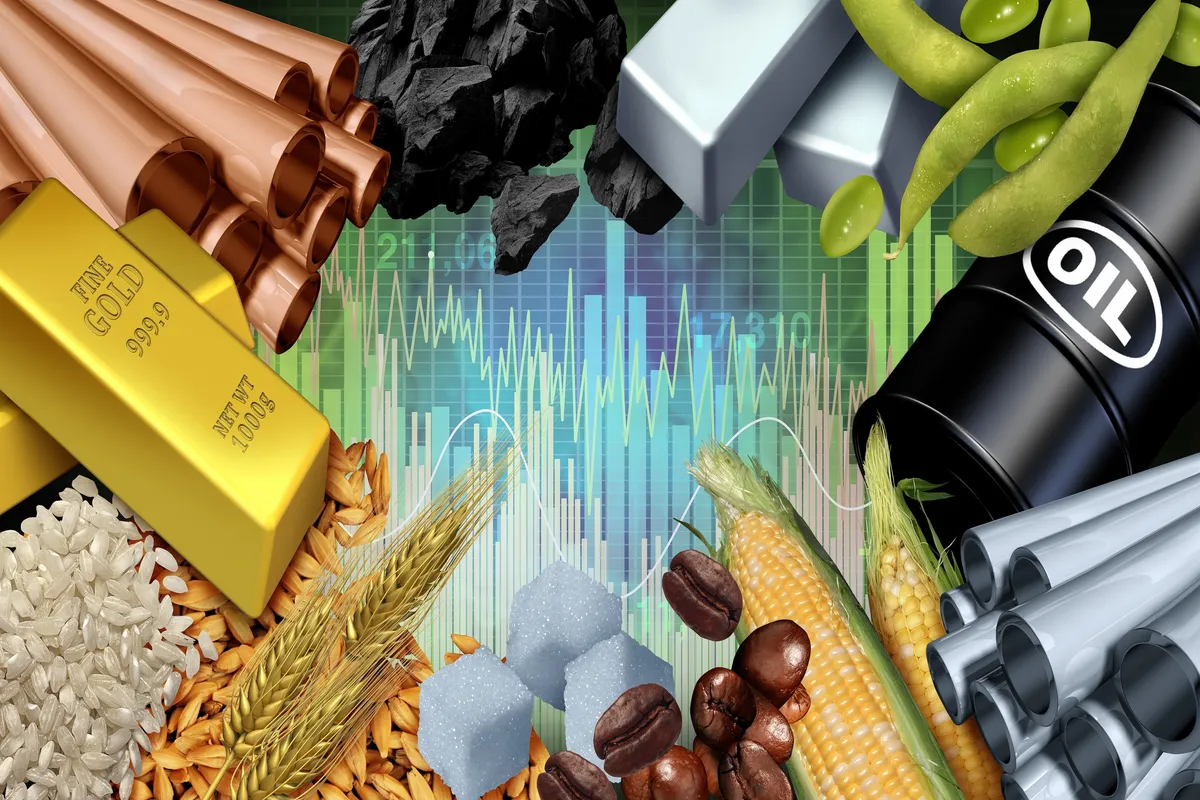The electric vehicle revolution is not just transforming how we drive, it is reshaping the entire global commodities landscape. As automakers scale up production and governments push toward cleaner transportation, the demand for specific metals has surged. For those involved in commodities trading, this shift is unlocking new opportunities tied directly to the building blocks of electric mobility.
Batteries are driving a new metal economy
At the heart of every electric vehicle lies a battery. And at the heart of that battery are metals like lithium, cobalt, and nickel. These materials are essential for battery performance, longevity, and safety. As EV adoption grows worldwide, the need for these metals is multiplying.
Lithium, once a relatively obscure element in trading circles, is now a hot topic. Cobalt, mined mostly in the Democratic Republic of Congo, carries both opportunity and ethical concerns. Nickel, already used in stainless steel, is now increasingly sourced for high-energy battery chemistries. In commodities trading, keeping an eye on these three metals is no longer optional, it is essential for anticipating long-term shifts in supply and pricing.
Copper remains the unsung hero
While lithium and cobalt get much of the attention, copper plays an equally important role in the EV ecosystem. It is used extensively in wiring, motors, and charging infrastructure. As electric vehicles require significantly more copper than traditional cars, demand is growing rapidly.
Copper also benefits from being used across multiple industries, including construction and telecommunications. This dual demand gives it both stability and strong upside potential. For traders engaged in commodities trading, copper offers a way to tap into both the clean energy transition and general industrial growth.
Rare earth elements gain strategic importance
Rare earths are a group of 17 elements used in high-performance magnets found in electric motors and other vehicle components. Neodymium and dysprosium are among the most critical. These elements are essential for producing compact, efficient motors without sacrificing power.
However, rare earths are primarily mined and processed in a limited number of countries, with China being the dominant player. This concentration introduces supply chain risks that traders in commodities trading must monitor carefully. Trade policies, environmental regulations, and political tensions can all influence rare earth availability and pricing.
Geopolitical risks create market movement
The EV supply chain is global. As countries compete for access to key metals, geopolitical factors have become a central part of trading decisions. Export bans, tariffs, and new mining regulations can dramatically impact availability and cost.
For traders, this means price action is not only about demand and production, it is also about politics. Following international developments, mining deals, and regulatory changes is a must. In commodities trading, being aware of the broader narrative often leads to sharper positioning and quicker responses to market shifts.
Sustainability concerns influence investor interest
As attention grows around environmental and social governance (ESG), metals used in electric vehicles are under increased scrutiny. Investors want to know that the materials powering clean technology are also sourced responsibly. This shift is influencing which producers gain market favor and which face resistance.
For traders, these shifts in perception can drive price action just as much as physical supply changes. Being able to anticipate how ESG trends affect certain metals or mining companies adds another layer of insight in the eolving world of commodities trading.




